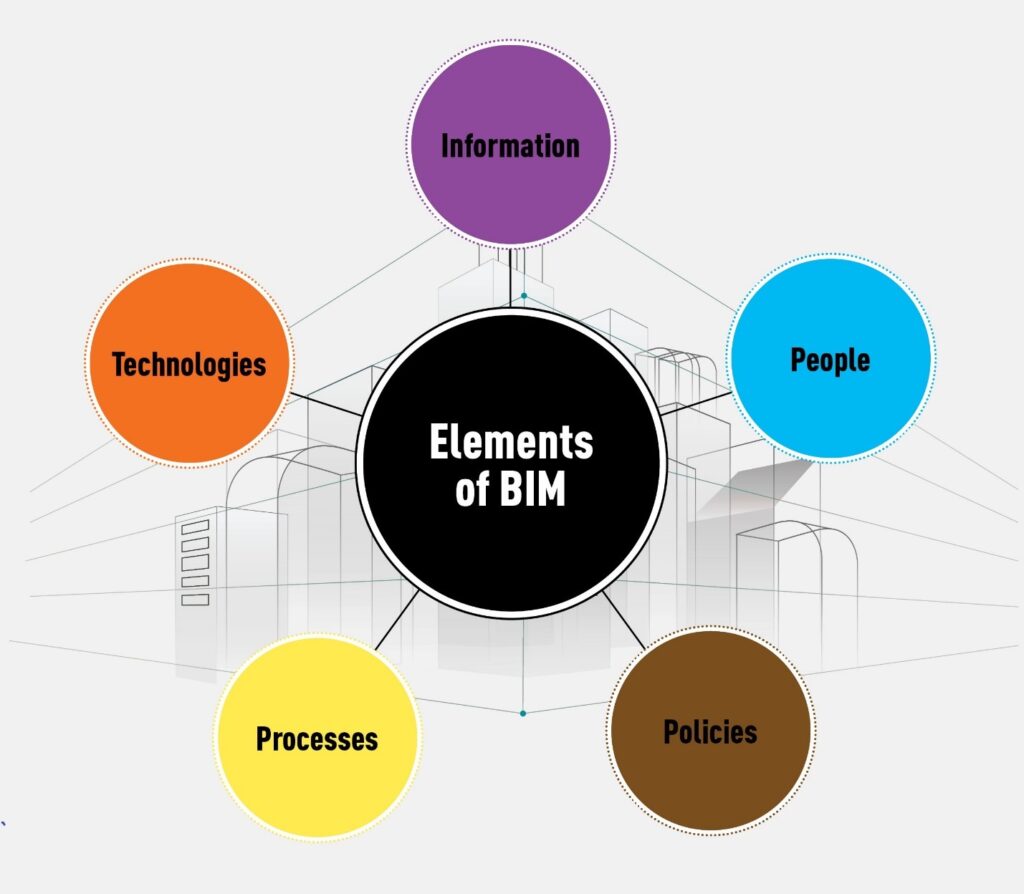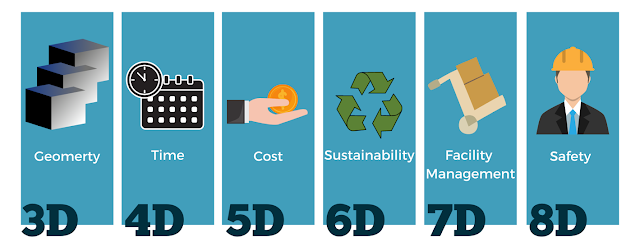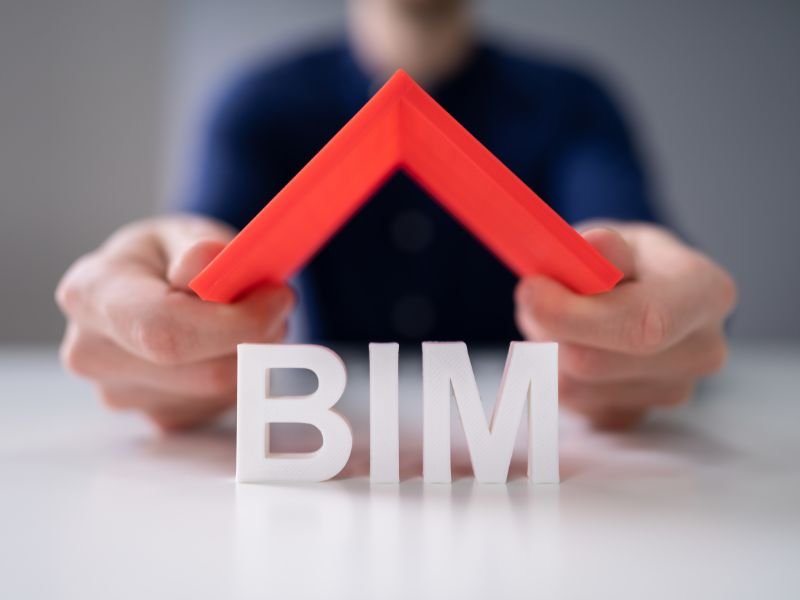What is BIM?
BIM stands for Building Information Modelling or Building Information Management. It is a collaborative process for creating and managing information throughout the whole lifecycle of a project. It is a new methodology of developing a project, a cultural change for all stakeholders involved. Such a process consists of coordinated digital information, mainly consisting of 3D models and associated information defined by ISO standards and other policies.

BIM has different dimensions and levels for which various software and processes may be applied. This article focuses on the various BIM dimensions, which show the multiple uses and applications of BIM in construction projects.
The BIM dimensions refer to the information associated with the 3D model. Since BIM is not only about having a 3D model, BIM dimensions are defined to differentiate between the conventional 2D or 3D geometry model and BIM models. BIM models, as the acronym states, consist of 3D but also further information. The ‘I’ in BIM stands for information, which is very important. 2D and 3D characterise the geometry of a model. The other BIM dimensions characterise additional information associated with the model. These BIM dimensions are 3D, 4D, 5D, 6D, 7D and 8D BIM. Every dimension represents a different type of information, as defined below.
The dimensions defined:
3D BIM – It is the digital three-dimensional geometric model.
4D BIM – It is the dimension related to time; hence scheduling and planning are integrated.
5D BIM – It is the dimension related to cost; hence cost-related information is integrated into the model.
6D BIM – It is the dimension related to facility management.
7D BIM – It is the dimension related to sustainability.
8D BIM – This is a more recent dimension, including health and safety-related information.

As mentioned previously, the BIM dimensions define what information can be associated. For such reason, this is defined in the initial stages of a project to develop the requirements precisely.
Technology will keep on evolving, and so will BIM. The more it advances, the more the BIM dimensions will play an important part in the BIM processes. In the next article, the definition of BIM levels will follow.
Second Edition June/July 22
BIM

Clarabel Versace
Clarabel graduated with a Bachelor’s degree in Construction Engineering and is now focusing on BIM Management and Integrated Digital Delivery. She worked as an Architect Assistant for over 5 years and now she occupies the role of a Professional Executive on civil projects.
